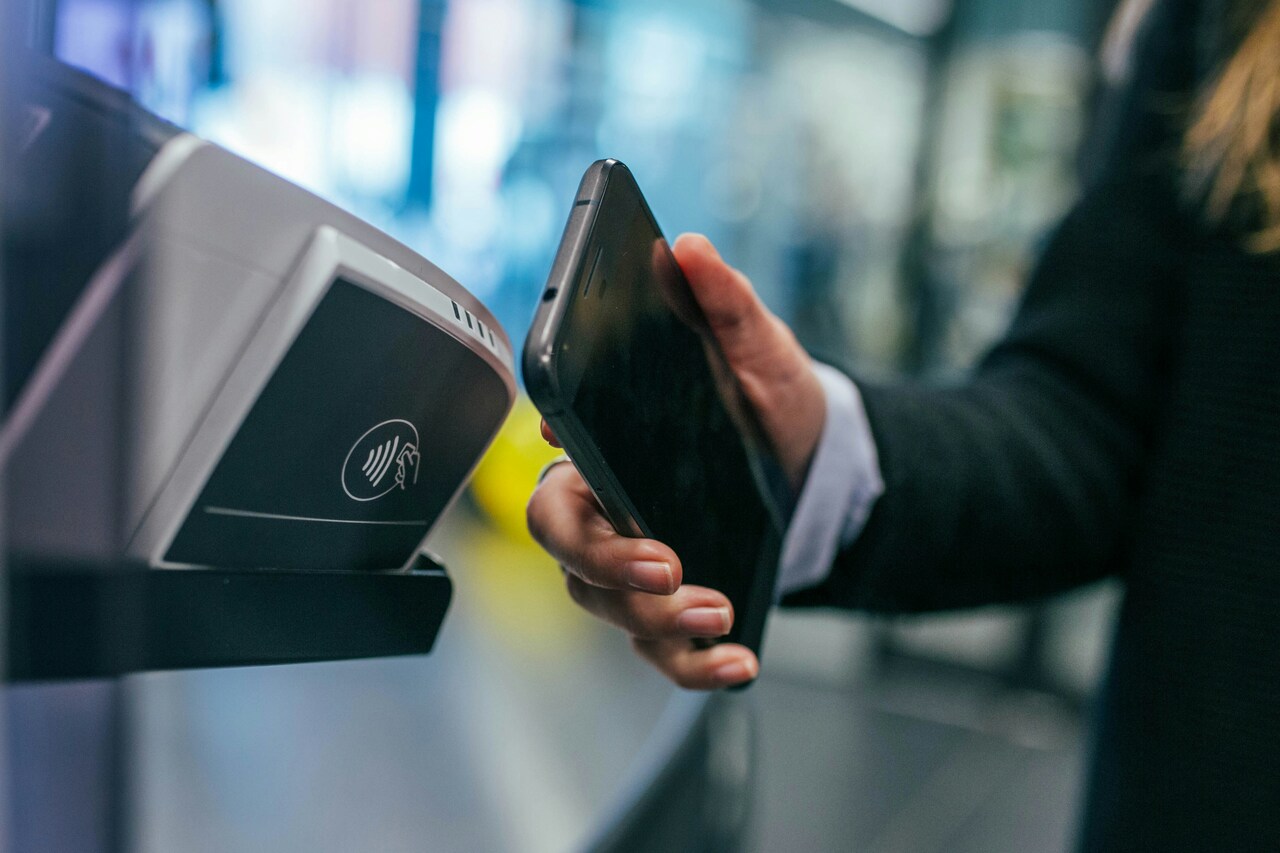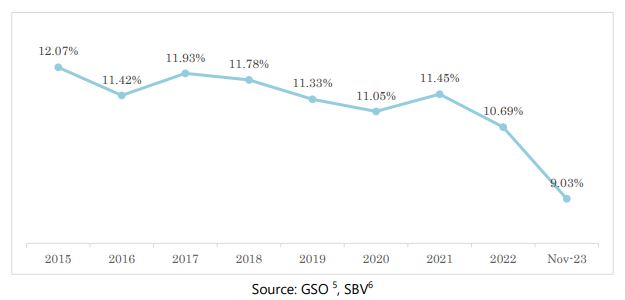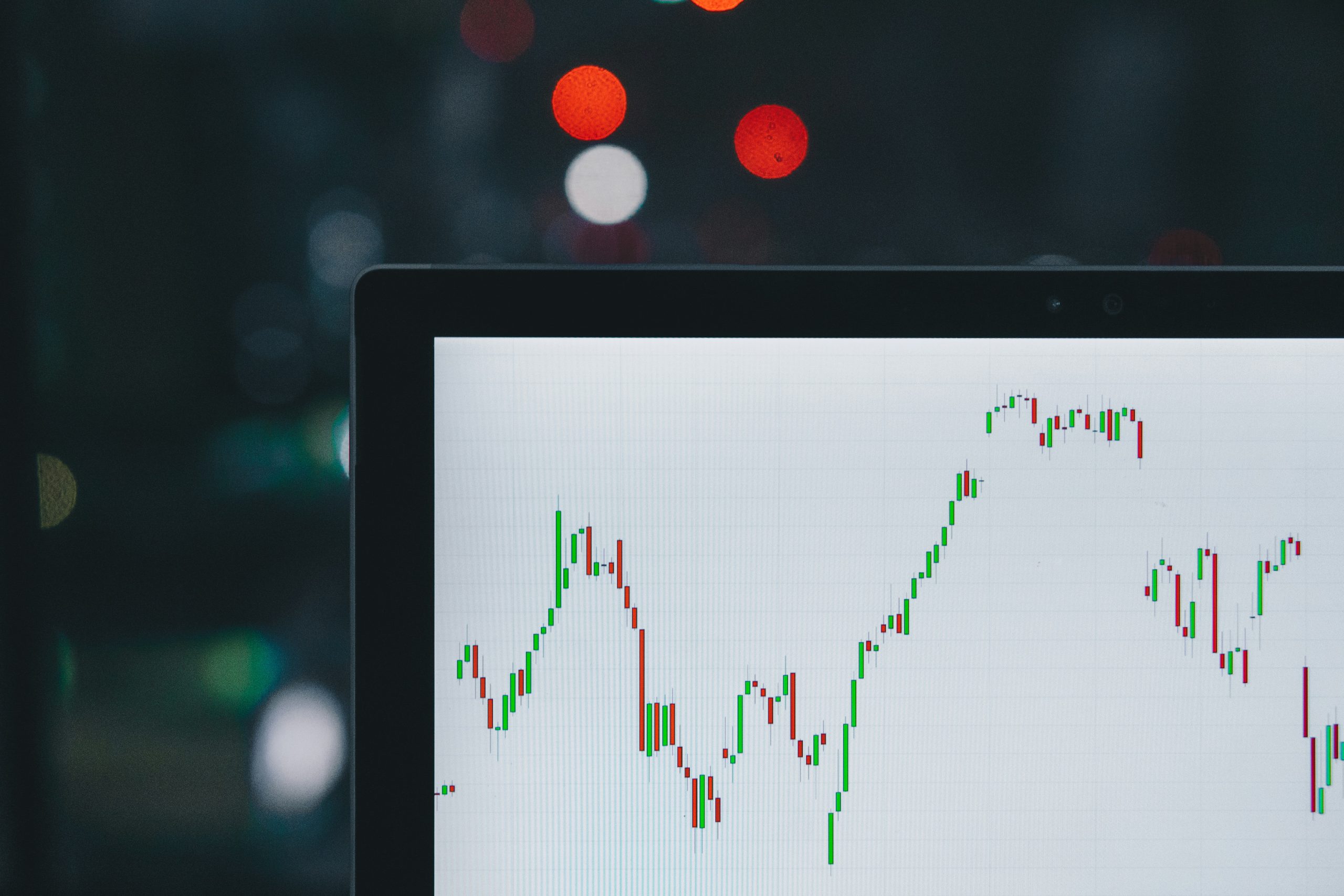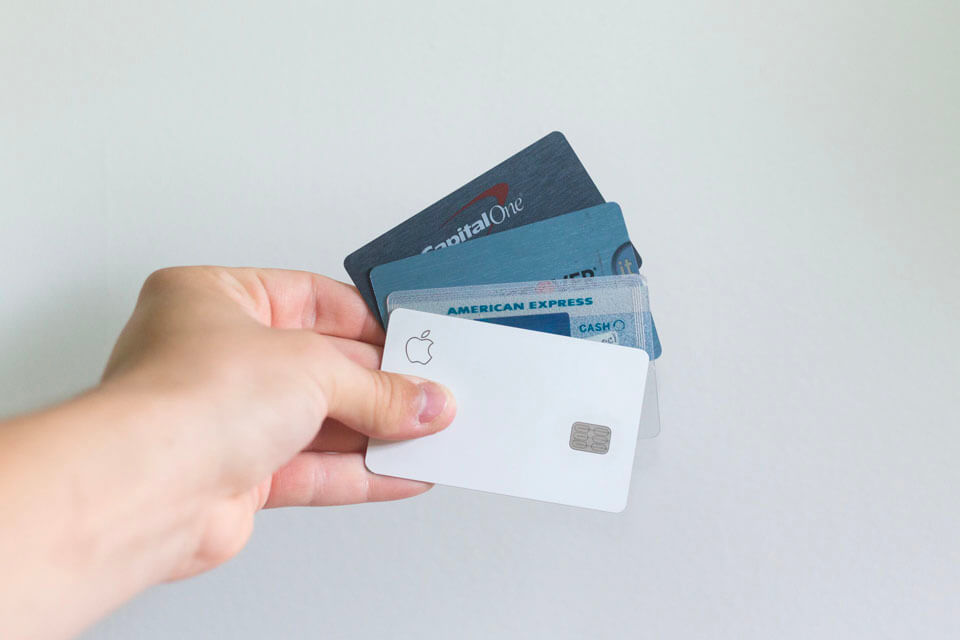
日期:
经过: B&Company Vietnam
行业评论
评论: 暂无评论.
Cash transactions incur various drawbacks, including costs associated with organizing payment activities such as printing, transportation, storage, and counting of money. Moreover, cash transactions are often exploited for tax evasion in large transactions and pose social security-related issues such as theft, counterfeit currency, and money laundering. In response to these challenges, restrictions on cash usage have been introduced and the trend of non-cash payments is becoming increasingly popular.
Efforts to reduce the proportion of cash in total payment methods began to be implemented from 2016 according to Decision 2545/QD-TTg (Project on developing cashless payments in Vietnam during the period 2016 – 2020). However, significant changes in payment behavior occurred during the Covid-19 pandemic when people had to limit direct contact. Despite these efforts, the goal of reducing the proportion to below 10% by the end of 2020 was not achieved, and there was a tendency for it to increase in 2021[1]. Moreover, according to a report on consumer payment trends when shopping online and at physical points of sale by Fidelity National Information Services (FIS) – an American technology company specializing in providing banking and payment processing software and solutions, the percentage of cash payments in individual transactions in Vietnam remained high in 2022. Vietnam ranked third in the Asia region with a rate of 47%, following Thailand (56%) and Japan (51%)[2]. Non-cash payments in civilian transactions, especially in rural and remote areas; and in the fields of health and education, has seen some changes but remains relatively modest[3]. To further promote the increase in non-cash transactions, the government continues to implement the Project for Developing Cashless Payments for the period of 2021-2025 (Decision No. 1813/QD-TTg issued on October 28, 2021) and the Digital Transformation Plan for the banking sector until 2025, with a vision toward 2030[4] (Decision No. 810/QD-NHNN issued May 11, 2021). The goal of reducing the proportion of cash payment to below 10% was achieved as of October 2022 (9.78%), with a steady decrease observed in 2023, reaching the lowest ratio (8.53%) in September 2023.
Proportion of cash in total means of payment, 2015 -2021 (%)
 A significant shift in cash usage habits has been observed among the 18-27 age group, who are early adopters of technology, making it easier for them to grasp and understand non-cash payment methods. They prefer online shopping and non-cash transactions over traditional in-store purchases. The integration of multiple features and seamless services makes non-cash payments increasingly convenient for the younger generation. Besides, there are clear and transparent discount vouchers from this payment method [7]. Non-cash payments have expanded from the younger demographic to other age groups, becoming more and more popular in both online and offline shopping activities and in various daily payment activities.
A significant shift in cash usage habits has been observed among the 18-27 age group, who are early adopters of technology, making it easier for them to grasp and understand non-cash payment methods. They prefer online shopping and non-cash transactions over traditional in-store purchases. The integration of multiple features and seamless services makes non-cash payments increasingly convenient for the younger generation. Besides, there are clear and transparent discount vouchers from this payment method [7]. Non-cash payments have expanded from the younger demographic to other age groups, becoming more and more popular in both online and offline shopping activities and in various daily payment activities.
Despite the benefits and advancements of non-cash payments, they also face some risks. Risks include high-tech cybercrime such as personal account information theft and fraudulent activities involving bank account breaches. Banks are deploying various technological solutions to help customers enhance security and combat new forms of fraud utilizing artificial intelligence, but this remains an ongoing and evolving challenge [8]. Cash payment cannot be entirely replaced, and both forms of payment are continue coexisting in the future.
B&Company
This article has been published in the column “Read Vietnamese trends” of ASEAN Economic News. Please see below for more information
|
B&Company有限公司 自 2008 年以来,第一家专门在越南从事市场研究的日本公司。我们提供广泛的服务,包括行业报告、行业访谈、消费者调查、商业配对。此外,我们最近还开发了一个包含越南 900,000 多家公司的数据库,可用于搜索合作伙伴和分析市场。 如果您有任何疑问,请随时与我们联系。 信息@b-company.jp + (84) 28 3910 3913 |
阅读其他文章
[/vc_column_text][/vc_column][/vc_row]









































